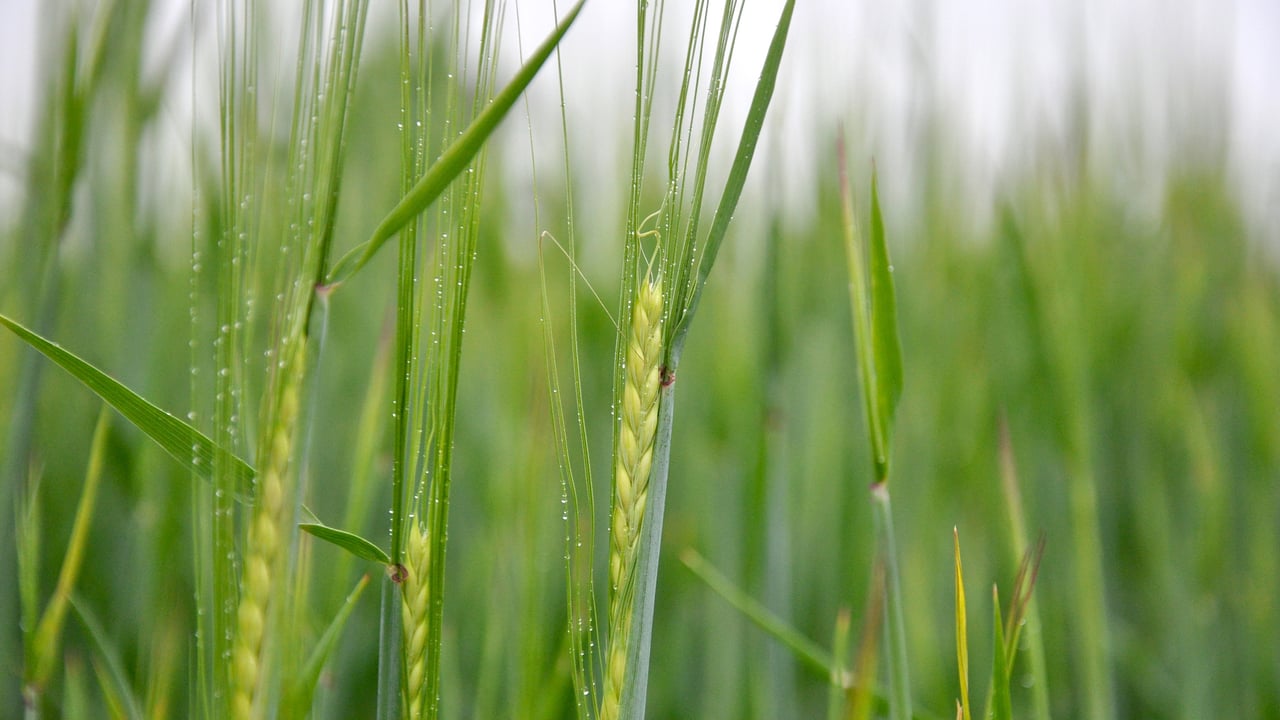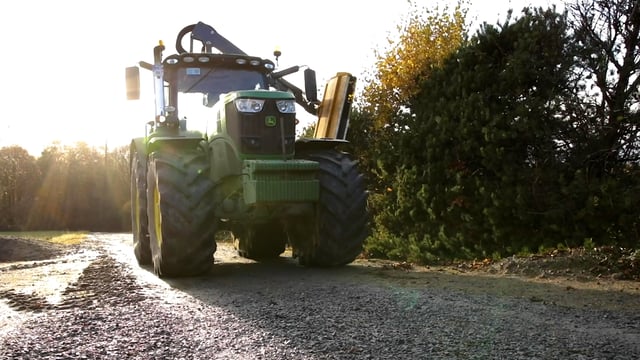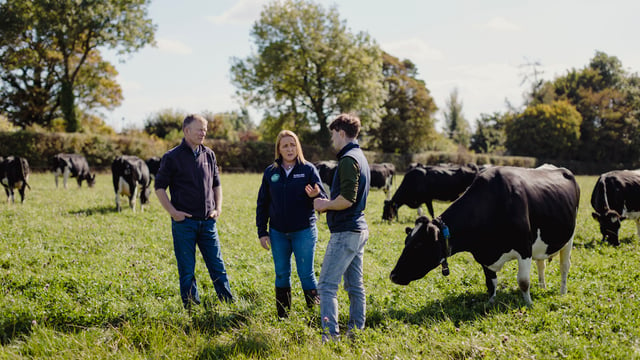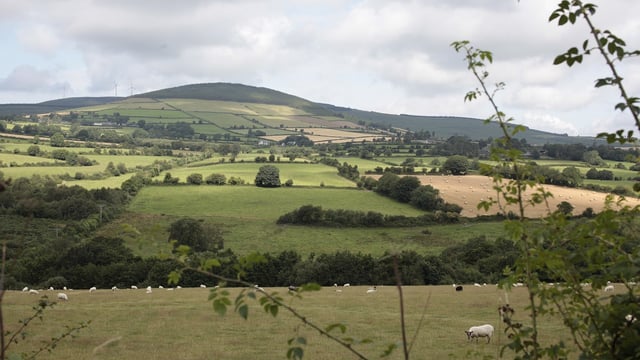Tillage advice: Spread nitrogen on winter barley from late Feb
Winter barley crops continue to look exceptionally good, according to Teagasc tillage specialist, Shay Phelan.
“But a difference in tiller numbers between crops planted in September and those drilled the following month is now becoming apparent,” he explained.
“I have walked crops recently with those earlier sown crops featuring an extra tiller per plant. The number averages out at around 0.5 extra tillers across the scope of an entire field."
But extra tillers do not automatically translate into additional yields.
Phelan said: “Tillers can be easily lost at this time of the year; crop management has a lot to do with it."
The Teagasc representative is advising that growers should hold off on spreading nitrogen until the end of February or the first week of March.
He explained: “Timing the first split of nitrogen on winter barley crops can be a real balancing act. Going too early can lead to excessive crop growth and tiller numbers. This can then predispose crops to heightened disease exposure.
“But going too late means that opportunities to encourage effective crop development are lost. But irrespective of when nitrogen is actually applied, growers should also top up with phosphate and potash.”
While the vast majority of winter cereal crops are looking good at the present time, the same cannot be said for oilseed rape, with many growers reporting heavy levels of pigeon grazing.
“This has left many growers wondering how they can best apply fertiliser nitrogen to these crops,” Phelan commented.
“Some plants have been left with, pretty much, their full canopy. However, significant numbers of plants in the same field may have been badly grazed back.
“In such instances, growers should get their phones out and record Green Area Index values at a number of locations across a field. It’s then a case of averaging these values and basing the crop nitrogen fertiliser application on the mean index value,” he said.
Meanwhile, ground conditions continue to improve across the country. In turn, this is providing farmers with an opportunity to drill spring beans.
Phelan said: “Beans have a much larger seed size relative to the likes of barley, wheat, or oats. As a result, they can be sown out into ground with a rougher tilth.
“If everything goes according to plan, beans sown out in February can be ready for harvest in September. Obviously, the weather is a key factor in this regard.”











